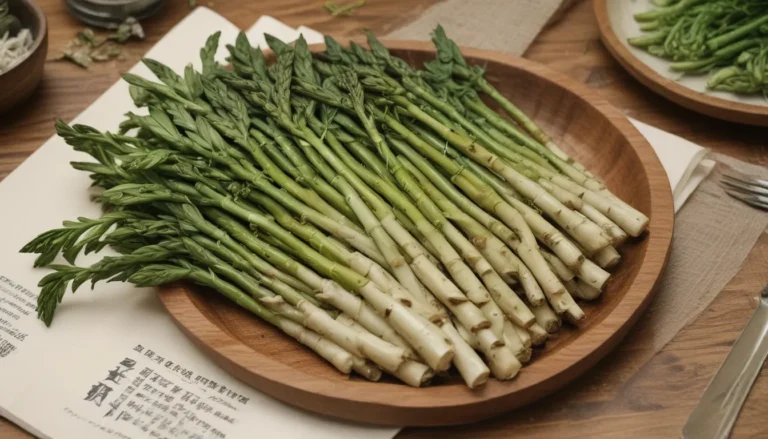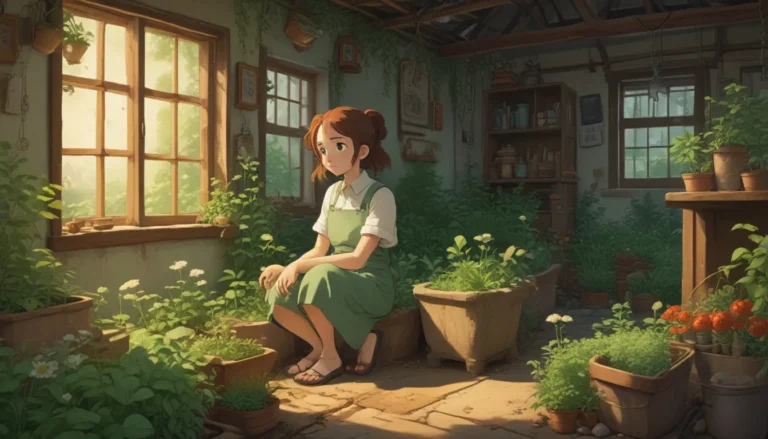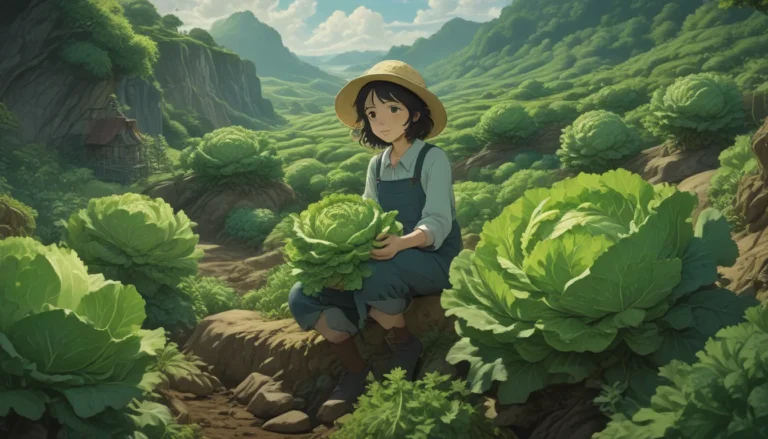The Art and Science of Growing Persian Star Garlic

If you’re looking to add a touch of flavor and visual appeal to your culinary creations, then ‘Persian Star’ garlic might just be the ingredient you’ve been searching for. Renowned for its complex yet sweet flavor and striking purple and white striped bulbs, this garlic variety is a must-have for any serious home gardener.
So, buckle up and prepare to embark on a garlic-growing adventure. In this comprehensive guide, we’ll explore everything you need to know to cultivate, harvest, and enjoy your very own ‘Persian Star’ garlic bulbs. From propagation to pest management, we’ve got you covered.
Delving into ‘Persian Star’
Before we get our hands dirty, let’s take a moment to appreciate the beauty and history of ‘Persian Star’ garlic. Also known as A. sativum var. ophioscorodon ‘Samarkand,’ this heirloom hardneck garlic variety belongs to the Purple Stripe group. Discovered by garlic aficionado John Swenson during his travels in Uzbekistan, this cultivar quickly became a favorite among garlic enthusiasts.
With its distinctive purple and white striped wrappers, ‘Persian Star’ offers a feast for the eyes and the taste buds. Ideally suited for USDA Hardiness Zones 3 to 8, this variety shines in colder climates, bringing out its robust and flavorful profile.
Planting the Seed: Propagation 101
When it comes to growing ‘Persian Star’ garlic, timing is everything. Whether you’re planting from cloves or bulbils, understanding the propagation process is crucial. Here’s how to get started:
From Bulbs:
- Separate cloves, leaving the wrappers intact.
- Plant cloves pointy side up, eight inches apart in well-draining soil.
- Consider vernalizing bulbs if you live in Zone 8 by chilling them in the refrigerator.
- Water deeply and keep the soil moist, especially in raised beds.
From Bulbils:
- Allow scapes to mature and form bulbils.
- Harvest bulbils when the scapes crack and open.
- Cure bulbils and plant them as you would cloves.
Sowing the Seeds of Success: How to Grow ‘Persian Star’
Plant your garlic cloves in the fall to allow the bulbs to establish roots before winter sets in. Come spring, monitor soil moisture levels and provide adequate fertilization using an all-purpose veggie fertilizer. Protect the bulbs with a layer of straw mulch to maintain consistent moisture levels and deter weeds.
As the plants begin to grow, keep an eye out for scapes. Removing these stems can help enhance bulb size, while allowing some scapes to mature can provide bulbils for propagation. By following these steps, you’ll set the stage for a bountiful garlic harvest.
Tips for a Thriving Garden
- Add straw mulch to retain moisture and deter weeds.
- Fertilize with an all-purpose veggie fertilizer in the spring.
- Allow the top inch of soil to dry out between waterings.
Nurturing Your Crop: Maintenance Essentials
To ensure healthy growth and development, consider removing scapes to encourage bulb growth. While garlic has natural pest-repelling properties, it’s essential to monitor for common pests and diseases such as bulb mites and basal rot. Proper crop rotation and timely interventions can help protect your garlic crop from potential threats.
Guarding Your Garlic: Managing Pests and Disease
While garlic boasts natural pest-repellent properties, vigilance is key to safeguarding your crop. Rotate your crops regularly to prevent common garlic pests and diseases such as bulb mites and basal rot. For fungal diseases like downy mildew, treatments involving copper, neem oil, and Geraniol can help combat infections effectively.
Harvest Time: Reaping the Fruits of Your Labor
Come early summer, your ‘Persian Star’ garlic will be ready for harvest. Look for yellowing lower leaves and drying scapes as signs that the bulbs are ready for picking. Gently excavate the bulbs from the soil, cure them by hanging in small bunches, and savor the rewards of your hard work.
Quick Reference Growing Guide
- Plant Type: Bulb, allium vegetable
- Water Needs: Moderate
- Maintenance: Low
- Hardiness (USDA Zone): 3-8
- Soil Type: Loamy, loose
- Season: Fall-summer
- Soil pH: 6.0-7.5
- Exposure: Full sun
- Soil Drainage: Well-draining
- Time to Maturity: 210-270 days
- Companion Planting: Brassicas, fruit trees, nightshades, spinach, strawberries
- Spacing: 8 inches
- Avoid Planting With: Other Alliums
- Planting Depth: 2 inches
- Family: Amaryllidaceae
- Height: 24 inches
- Genus: Allium
- Spread: 10 inches
- Species: Sativum
- Tolerance: Frost
- Variety: Ophioscorodon
- Common Pests and Disease: Bulb mites, leaf miners, nematodes, onion maggots, onion thrips; Basal rot, downy mildew
- Cultivar: ‘Persian Star’ (aka ‘Samarkand’)
The Quintessential Garlic Experience: Conclusion
As you embark on your ‘Persian Star’ garlic growing journey, remember that each bulb tells a story of flavor, history, and hard work. From planting to harvest, the process is a labor of love that culminates in a culinary delight that’s yours to savor and share.
So, whether you’re a garlic connoisseur or a novice gardener, embrace the art and science of growing ‘Persian Star’ garlic. Each clove holds the promise of a flavorful adventure that’s waiting to unfold in your garden.
Feel free to share your thoughts on how you plan to enjoy your garlic harvest in the comments below. We’d love to hear about your culinary creations and gardening triumphs as you explore the world of ‘Persian Star’ garlic.





